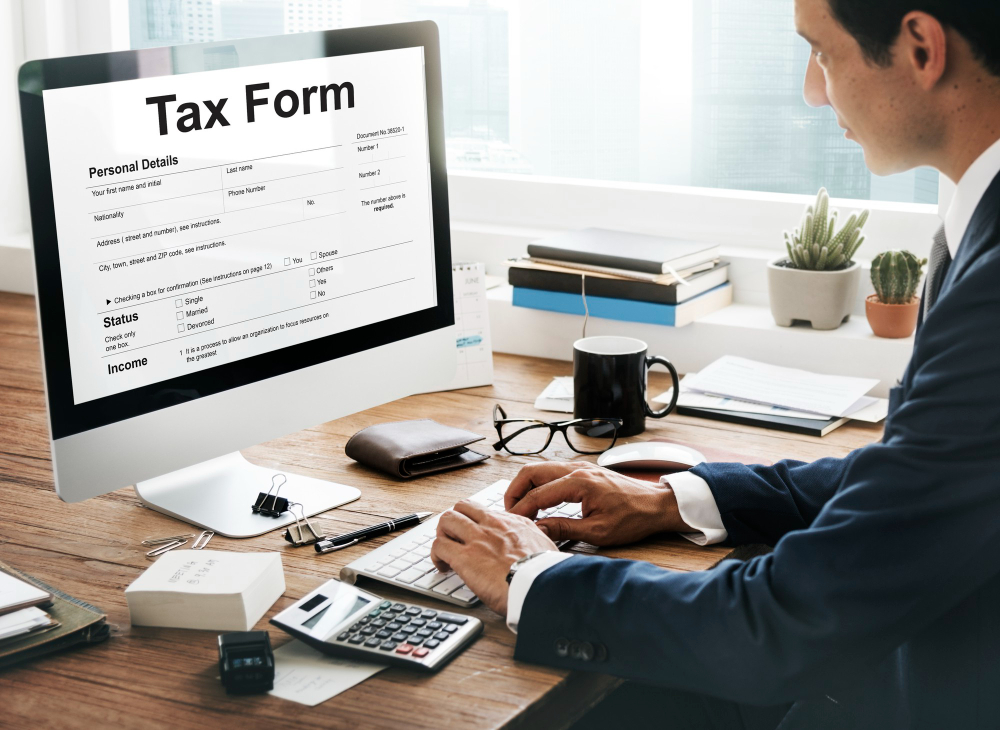
State and local taxes (SALT) can significantly impact your business’s bottom line. At Naples Taxes, we leverage our extensive experience in state and local taxes to help businesses reduce their effective tax rates and navigate the complex regulatory landscape, ensuring compliance while avoiding unnecessary penalties.
Understanding State and Local Taxes
State and local taxes encompass a wide range of obligations, including sales and use taxes, franchise taxes, and property taxes. Each state and locality has its own rules, making compliance challenging for businesses operating in multiple jurisdictions. Our team specializes in helping businesses stay compliant while optimizing tax strategies to minimize liabilities.
Our Key SALT Services
Sales and Use Tax Services
Sales tax regulations vary by state, and failing to comply can lead to costly penalties. Naples Taxes provides:
-
Sales tax compliance and reporting
-
Audit defense and dispute resolution
-
Exemption certificate management
-
Taxability analysis for products and services
Tax Incentive Analysis
Many states offer tax incentives to encourage business growth and investment. We help businesses:
-
Identify and apply for available tax credits and incentives
-
Evaluate cost-benefit analyses for relocations or expansions
-
Ensure compliance with incentive program requirements
Nexus Filings and Compliance
Understanding where your business has tax obligations (nexus) is crucial to avoiding fines and penalties. Naples Taxes assists with:
-
Nexus determination for multi-state businesses
-
Registration and filing of necessary tax returns
-
Risk assessment and mitigation strategies
How Naples Taxes Helps Businesses
By working with Naples Taxes, businesses can focus on growth while we handle the complexities of state and local taxes compliance. Our approach includes:
-
Proactive Tax Planning: Identifying opportunities to minimize tax exposure before issues arise.
-
Regulatory Compliance: Ensuring adherence to ever-changing state and local tax laws.
-
Cost Savings Strategies: Leveraging deductions, exemptions, and incentives to lower tax burdens.
Stay Ahead of SALT Challenges
State and local tax regulations are constantly evolving. Partnering with Naples Taxes ensures that your business stays ahead of these changes while optimizing tax strategies for long-term success. Contact us today to learn how we can support your business’s financial health.
For more insights on tax planning, compliance, and financial strategies, explore our latest articles:
Visit our Naples Taxes Blog for more expert guidance!









